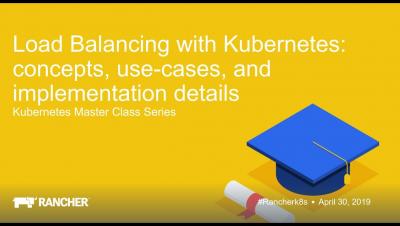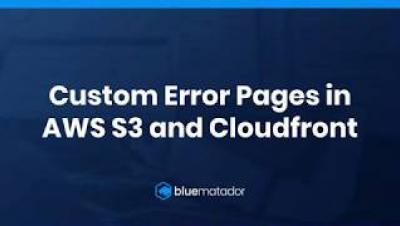Operations | Monitoring | ITSM | DevOps | Cloud
Containers
The latest News and Information on Containers, Kubernetes, Docker and related technologies.
How to Monitor AWS Elastic Beanstalk with CloudWatch
AWS Beanstalk allows you to spin up entire environments (EC2 instances, ELBs, etc.) to support an application without you having to configure the resources manually. However, since it’s a managed service, you have less visibility with traditional monitoring tools. As such, it becomes even more important to take advantage of the available monitoring tools in AWS. In this post, we’ll explain how to use CloudWatch to monitor Beanstalk and what is important to watch.
Scaling Elastic Search On Kubernetes
Key Insights From Forrester Research on Containers and Microservices
Use Kubernetes to Speed Machine Learning Development
As industries shift to a microservices approach of deploying applications using containers, data scientists can reap the benefits. Data Scientists use specific frameworks and operating systems that can often conflict with the requirements of a production system. This has led to many clashes between IT and R&D departments. IT is not going to change the OS to meet the needs of a model that needs a specific framework that won’t run on RHEL 7.2.
New S3 Objects give 403 Forbidden in Cloudfront
Announcing k3OS: A Kubernetes Operating System
Today we launched a new open source project called k3OS. K3OS is a Linux distro built for the sole purpose of running Kubernetes clusters. In fact, it is a Linux distro and the k3s Kubernetes distro in one! As soon as you boot up a k3OS node, you have Kubernetes up and running. When you boot up multiple k3OS nodes, they form a Kubernetes cluster. K3OS is perhaps the easiest way to stand up Kubernetes clusters on any server.
Monitoring Kubernetes + Docker, part 3: Sensu + Prometheus
In part 1 of this series, we discuss the rise of Kubernetes and Docker for containerization and container orchestration. I also shared some of the challenges these new technologies present and what sources of data we use to monitor Kubernetes. Part 2 dives into collecting Kubernetes data with Prometheus, plus the pros and cons of that approach. As promised in the conclusion of that post, I’ll address those cons — showing how Sensu and Prometheus form a complementary solution.











